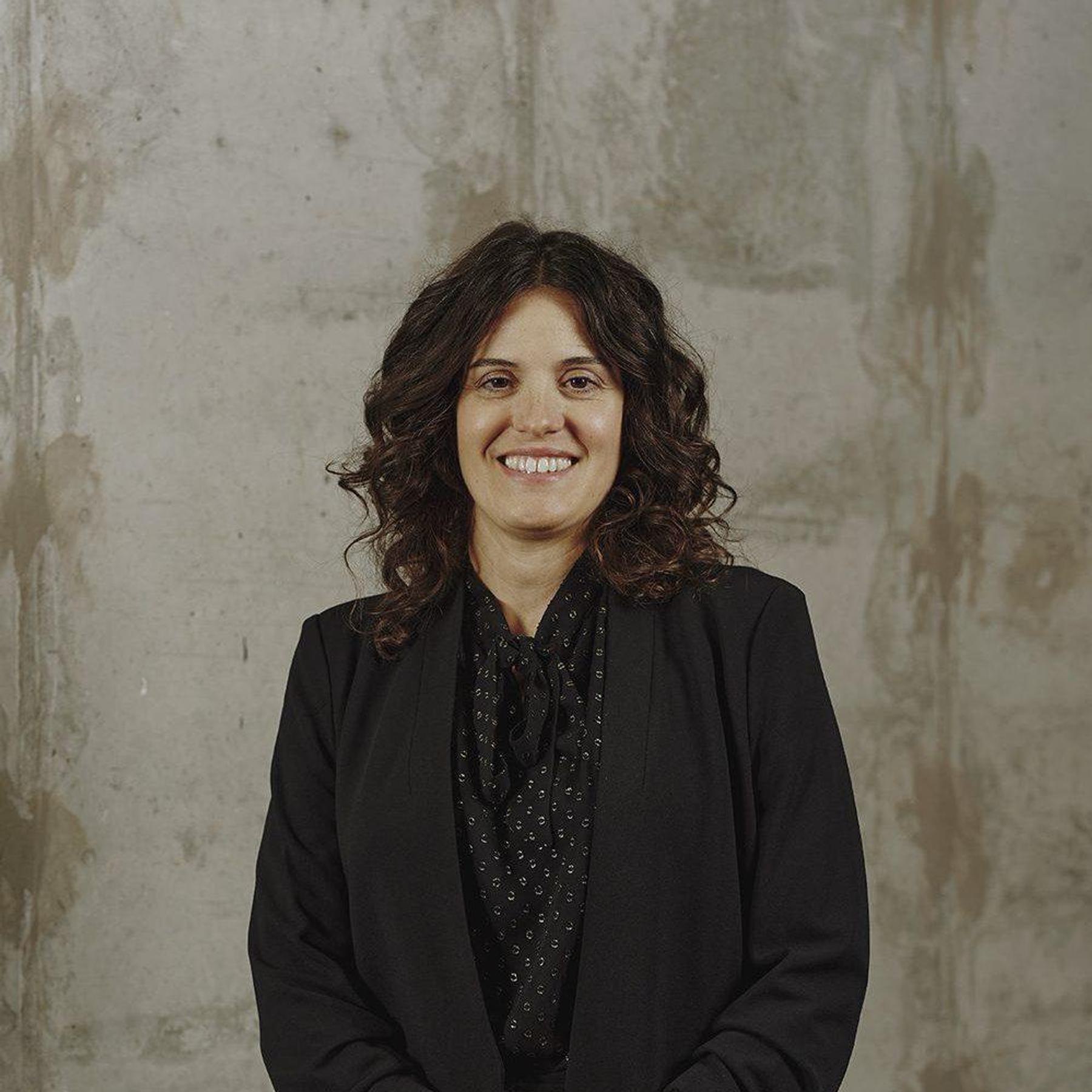Sometimes founders open a door, not just to a new and potentially transformative technology, but to an entire industrial sector. Adam Behrens, the CEO of Mori, is one such founder. His company is pioneering tasteless and invisible barriers that extend the freshness of all types of food—from salmon to spinach—sidestepping traditional single-use packaging. Not only will Mori help give the world back some of the $1 trillion in lost revenue associated with food waste, it will do it with a sustainable, completely natural product. We were so inspired by Adam and Mori that we invested.
Adam, and the connections we’ve made because of the investment, gave us a new appreciation for the scale and nuance of the food and ag sector, including its critical importance for global health. We recently gathered a group of 50 food and ag leaders—farmers, entrepreneurs, scientists, retailers, chefs, restaurateurs, policy experts, investors—at The Engine to offer perspectives, connect, and discuss food and ag tech that could help sustainably feed our world. We also decided to anchor our third publication with articles that explore food waste, the future of protein, and plant science.
After all the research, discussions, and gatherings, one thing is clear—while Tough Tech may be embedded in the food and ag sector of today, the sector is not yet well positioned to be a Tough Tech success story of tomorrow. The numbers lend some credence to this assumption. Food and agribusiness, a $5 trillion global sector, has only attracted $14 billion in investment globally in 1,000 food-systems startups since 2010.
The global healthcare sector, one of similar size and complexity, has cultivated significantly more investment. Worth $7 trillion, it has attracted $145 billion in investment in 18,000 startups since 2010. Can we look to adjacent sectors like healthcare for inspiration and lessons in bringing food and ag technologies to market?
Absolutely.
One only has to look at the greater Boston region, especially to Kendall Square in Cambridge—an area in which 13 of the world’s top 20 pharma companies are located or headquartered as well as dozens upon dozens of biotech startups—to see how innovation is nurtured day in, day out.
The buildings that house research benches are either the same, or only steps away from those that can begin to scale that research through small-scale production. Competitors have built their headquarters feet from one another. Supporting businesses like law firms, consultancies, accounting firms, and even industry associations, work in close proximity to where the primary research is done. News of people moving back and forth between executive roles at the biggest of big pharma to small biotech is weekly, even daily, news. This ecosystem cluster model encourages growth across the entire industry.
Even though a similar food and ag cluster may be constrained by the geographic realities of farming—the latest cancer treatment does not need acres of open land on which to grow or roam and feed—we can still do better at uniting the minds behind breakthrough technologies and those that actually grow our food.
We saw a shared sense of mission first-hand at our recent Provocation. Farmers, scientists, and industry executives are all compelled to push the limits of food and ag tech to improve human health and in the service of a more verdant planet. To those of us embedded in the greater-Boston tech ecosystem, we must ensure that the breakthroughs pioneered here inspire, and are inspired by, those that till the fields, those that put products on store shelves, and all of us that enjoy the literal fruits of this industry’s labor.
